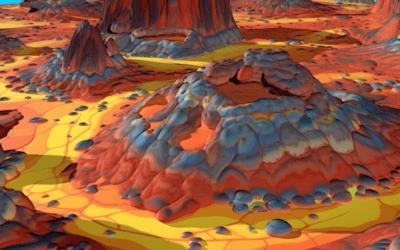What is Dark Matter?
Introduction
Dark matter is a mysterious substance that makes up a substantial portion of our universe. Despite its name, dark matter is not “dark” in the way we usually think of darkness—it doesn’t mean it’s black or evil. Instead, it means that we can’t see it with our eyes or with telescopes. Scientists have been studying dark matter for years, trying to unravel its secrets. Let’s dive into the world of dark matter and explore what it’s all about!
The Mystery of Dark Matter
Did you know that most of the universe is made up of something we can’t see? That “something” is dark matter. Even though we can’t see it, scientists can observe its effects on the things we can see, like stars and galaxies. Think of it like this: pretend you’re watching a magic trick. You can’t see what the magician is hiding up their sleeve, but you can see how it affects the objects on the stage. In a similar way, scientists study the effects of dark matter to understand its presence.
The Importance of Dark Matter
Dark matter plays a crucial role in shaping our universe. First, it helps hold galaxies together. Imagine a whirlwind of glitter, with each glitter piece representing a star. Without dark matter, the glitter pieces would fly off in different directions, and the galaxy would fall apart. Dark matter’s gravitational pull keeps everything in place, preventing stars and galaxies from flying away. It’s like a cosmic superhero holding everything together!
What We Know About Dark Matter
While dark matter remains a mystery, scientists have discovered some fascinating things about it. Here are a few key points to remember:
- Dark matter is invisible: Dark matter does not interact with light, which is why we can’t see it. It doesn’t reflect, absorb, or emit light like the objects we’re familiar with.
- Dark matter is abundant: Dark matter makes up about 85% of the matter in the universe. That means only about 15% of the matter is the “regular” matter that we’re familiar with, like planets, stars, and people!
- Dark matter is spread out: Unlike stars and galaxies that clump together, dark matter is more spread out, almost like a cosmic web. This distribution has a big impact on how galaxies are arranged in the universe.
The Search for Dark Matter
Scientists are using various methods to detect and study dark matter, but it’s been a challenging task. They’re hoping to catch a glimpse of dark matter particles, but these particles are incredibly tricky to detect because they don’t interact with light or other objects easily. So far, scientists have designed powerful machines called particle detectors, buried deep underground, to try and catch these elusive particles. Excitingly, ongoing experiments might bring us closer to solving the dark matter puzzle!
Conclusion
In summary, dark matter is an invisible substance that makes up most of our universe. Despite not being able to see or touch it directly, we know that dark matter plays a vital role in holding galaxies together and shaping the structure of the universe. While scientists have made significant progress in understanding dark matter, there is still much to learn about this mysterious cosmic ingredient. So, the hunt for dark matter continues, and who knows what we’ll discover next? The universe is full of secrets waiting to be revealed!












